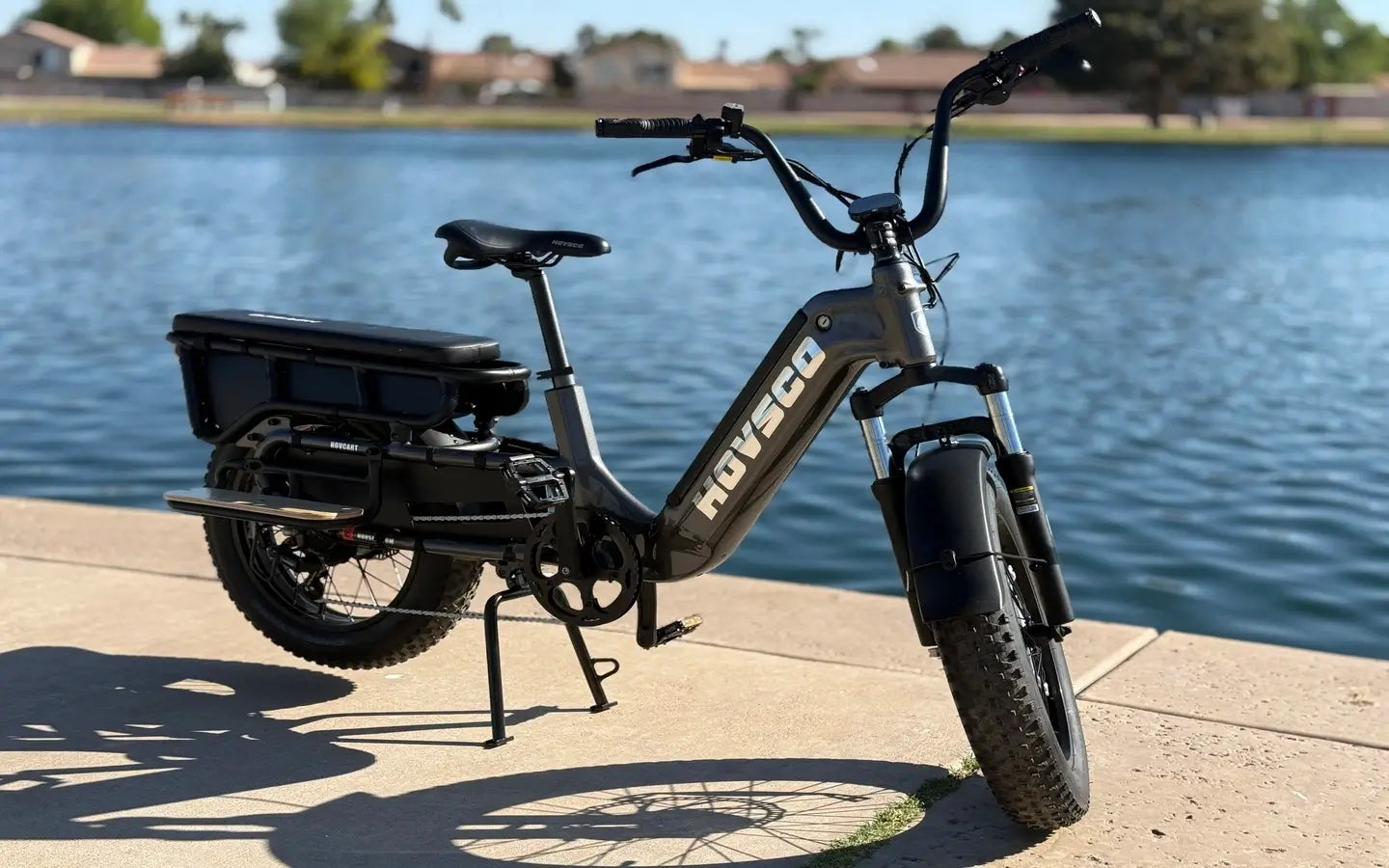
- by EO S
What Are Pedal Bikes with Electric Assist and How Do They Transform Cycling?
- by EO S
Pedal bikes with electric assist, also known as pedal-assist e-bikes, combine traditional pedaling with an electric motor that amplifies your effort, making cycling easier and more enjoyable. These bikes use sensors to detect pedaling and provide proportional motor support, reducing fatigue, aiding hill climbs, and extending travel range while preserving the natural cycling experience.
A pedal assist electric bike employs sensors—either cadence or torque—that detect when and how hard you pedal. The motor then delivers power proportional to your pedaling effort, seamlessly boosting your speed and reducing exertion. This system maintains the feel of traditional cycling while enhancing performance and endurance.
Torque sensors generally provide a more natural and enjoyable ride experience.
Pedal assist bikes typically offer multiple assistance levels, ranging from low to turbo modes:
| Assist Level | Description | Typical Use Case | Battery Impact |
|---|---|---|---|
| Level 0 | No assistance | Battery saving, flat terrain | None |
| Levels 1-2 | Light assistance | Urban cruising, mild hills | Low |
| Levels 3-4 | Moderate assistance | Longer rides, moderate hills | Moderate |
| Level 5 (Turbo) | Maximum assistance | Steep hills, rapid acceleration | High |
Selecting the appropriate level balances power support with battery efficiency.
Pedal assist bikes reduce rider fatigue, making hills and headwinds manageable while preserving the physical benefits of cycling. They encourage longer, more frequent rides, improve cardiovascular health, and allow commuters to arrive less sweaty and more energized. Adjustable assist levels enable riders to tailor workout intensity.
Pedal assist bikes require pedaling to activate the motor, maintaining the cycling experience and promoting exercise. Throttle-only bikes can propel the bike without pedaling, offering instant power but potentially reducing fitness benefits and draining batteries faster.
These components work in unison to deliver smooth and efficient assistance.
Leading pedal assist e-bikes feature advanced torque sensors, multiple assist levels, high-capacity batteries (36V-48V, 10Ah-20Ah), ergonomic frames, and smart displays. Brands emphasize safety with hydraulic brakes and suspension for comfortable, reliable rides.
When purchasing pedal bikes with electric assist, prioritize torque sensor systems for natural power delivery and battery capacity matching your typical ride length. Look for adjustable assist levels, reliable brakes, and comfortable ergonomics. HOVSCO’s innovative designs emphasize safety, performance, and rider comfort, making their pedal assist e-bikes excellent choices for diverse riders.
“HOVSCO believes pedal assist technology transforms cycling by making it more accessible and enjoyable,” says a HOVSCO product engineer. “Our focus is on seamless integration of sensors and motors to amplify rider effort naturally, combined with ergonomic design and safety features that ensure confidence and comfort on every ride.”
Q: How does pedal assist differ from throttle control?
A: Pedal assist requires pedaling to activate motor support, while throttle control powers the bike independently.
Q: What benefits do torque sensors provide?
A: They offer smoother, more responsive assistance by measuring pedaling force.
Q: Can I adjust the pedal assist level?
A: Yes, most pedal assist bikes offer multiple levels for customized support.
Q: Are pedal assist bikes good for hill climbing?
A: Absolutely, they provide extra power to ease climbs.
Q: Do pedal assist bikes help with fitness?
A: Yes, they encourage active pedaling while reducing fatigue.
Q: How far can pedal assist bikes travel?
A: Typical ranges are 30 to 60 miles depending on battery size and terrain.
Share:
What Are the Fastest Electric Bikes in 2025 and How Do They Achieve Their Speeds?
What Are the Fastest Electric Bikes in 2025 and How Do They Achieve Their Speeds?